Mediterranean magic comes with different flavors, which are nowhere more obvious than when comparing Lisbon and Barcelona. Both cities capture travelers’ hearts with coastal charm and cultural depth, yet they deliver distinctly different experiences that often surprise first-time visitors. The real personality of each city reveals itself through those subtle details guidebooks tend to overlook.
Here is a list of 18 travel contrasts between Lisbon and Barcelona that might help you determine which city better matches your travel style.
Topography
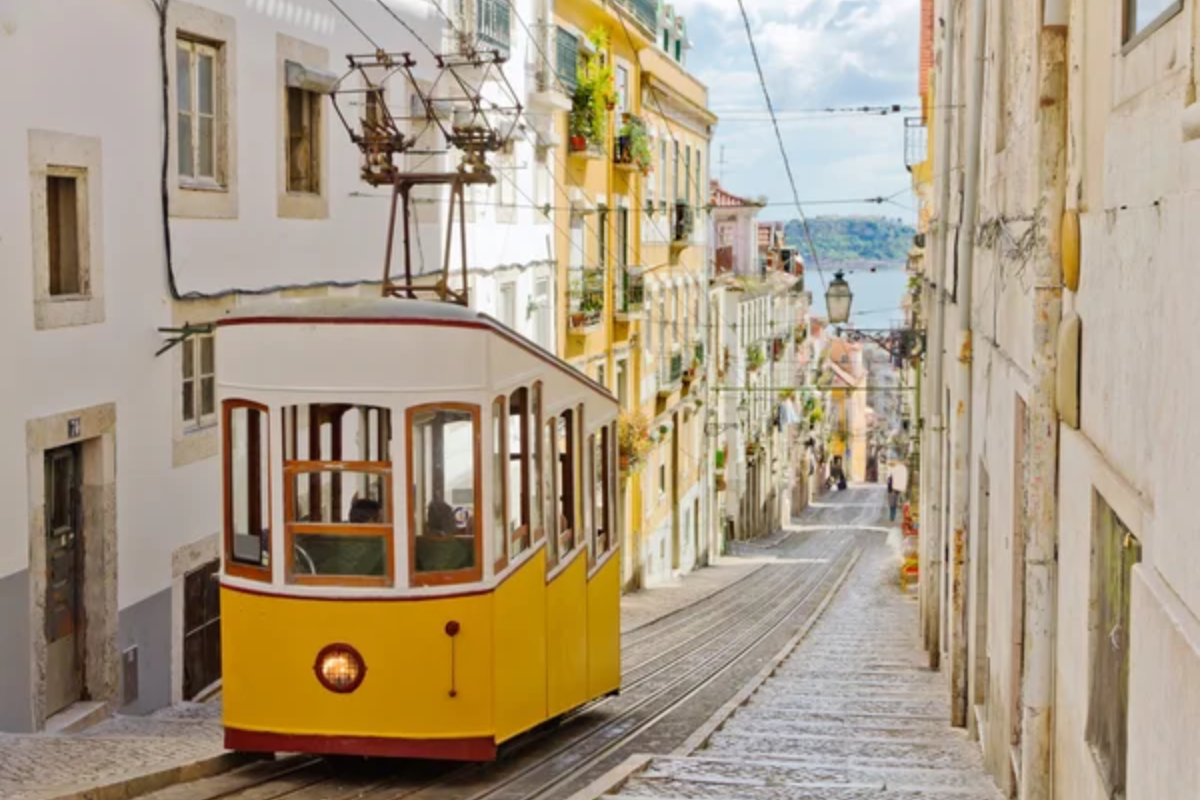
Lisbon sprawls across seven steep hills, creating a three-dimensional cityscape where breathtaking views appear around countless corners. The constant elevation changes give your legs a serious workout—but reward effort with panoramic viewpoints called miradouros scattered throughout neighborhoods.
Barcelona stretches across a more gradual slope from mountains to sea, offering a flatter, more accessible urban grid. The city’s orderly layout in the Eixample district makes navigation significantly easier than Lisbon’s vertical maze.
Architectural Character
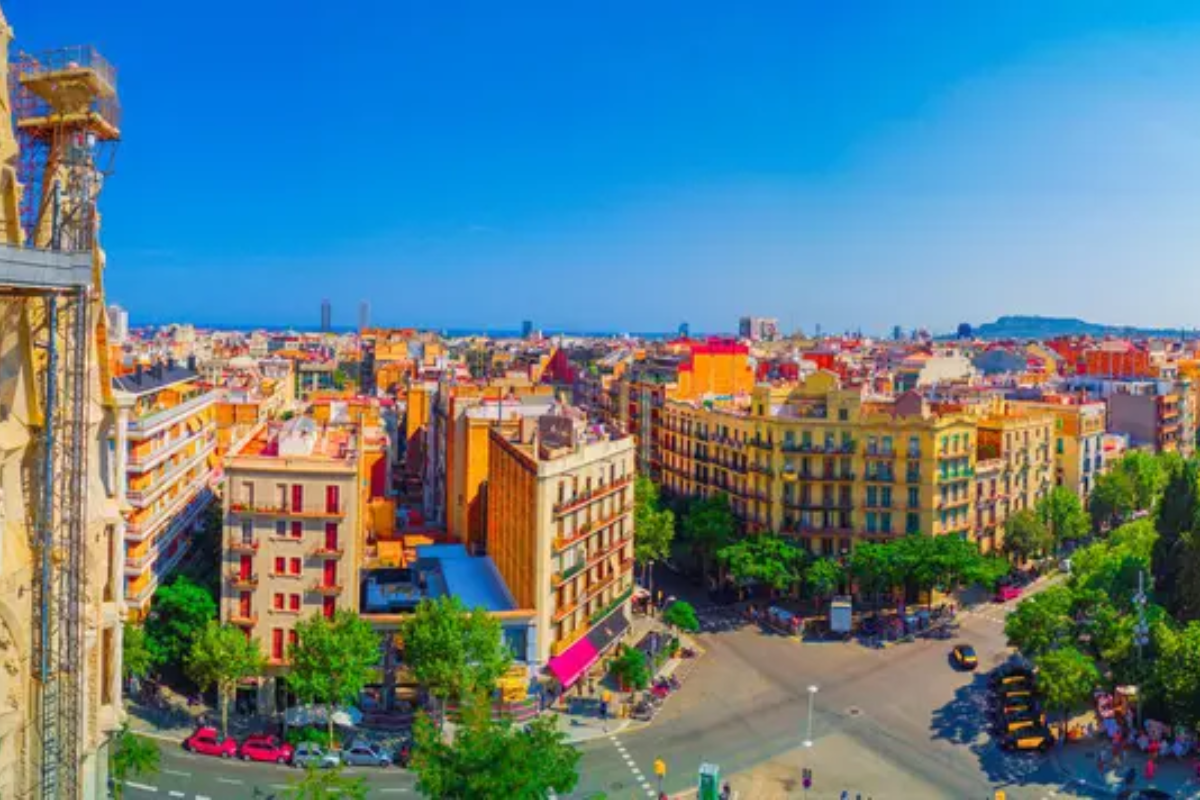
Lisbon embraces a weathered beauty where sun-faded buildings wrapped in decorative azulejo tiles create an atmosphere of elegant decay. The massive earthquake of 1755 shaped much of what you’ll see today, resulting in distinctive Pombaline architecture with clever earthquake-resistant features.
Barcelona flaunts its architectural innovation through Gaudí’s fantastical structures that seem plucked from dreams rather than drawing boards. The city celebrates modernism with buildings that push creative boundaries—from Casa Batlló’s undulating façade to the still-unfinished Sagrada Família.
Like Travel Pug’s content? Follow us on MSN.
Beach Experience
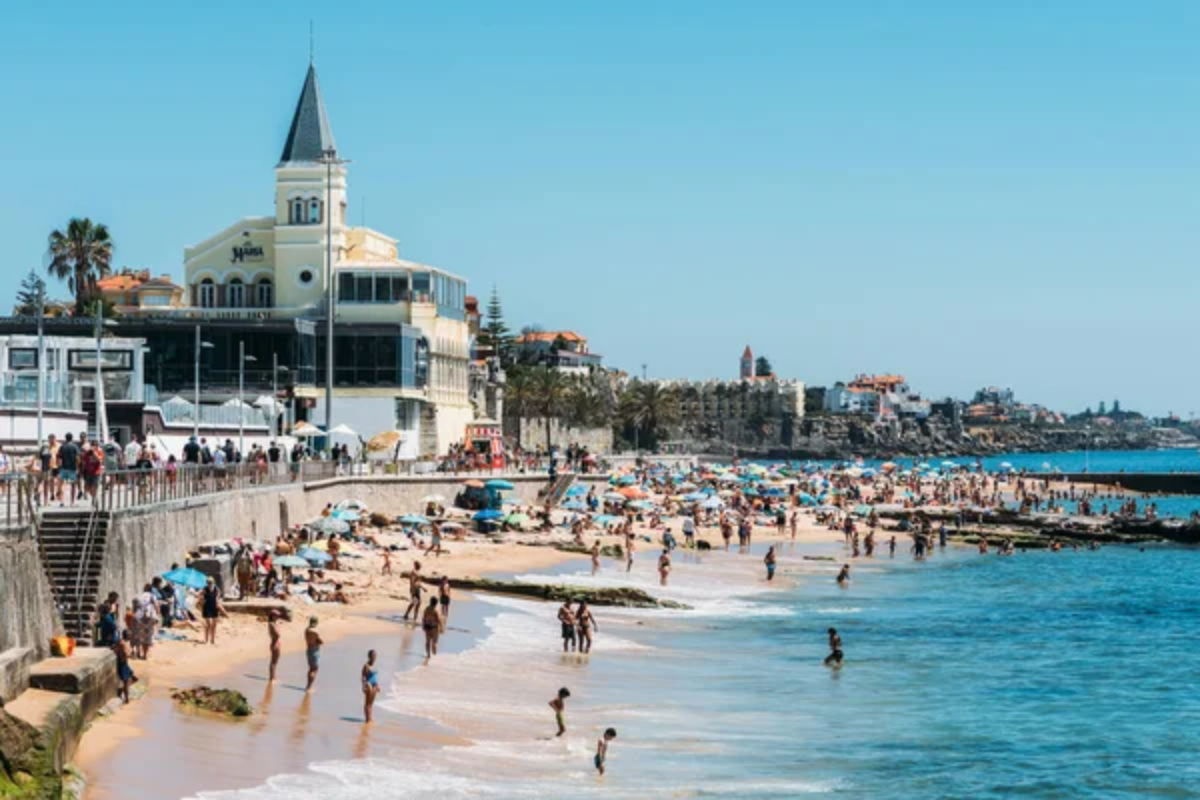
Lisbon requires a short train ride to reach its spectacular beaches, with locals heading to Cascais or Costa da Caparica for their seaside fix. These small journeys create a clear separation between urban exploring and coastal relaxation.
Barcelona integrates beaches directly into the city fabric—Barceloneta and other urban beaches sit within walking distance of downtown. This seamless connection between city and sea creates a unique metropolitan beach culture where you can transition from museum visits to sunbathing without planning.
Tourist Density
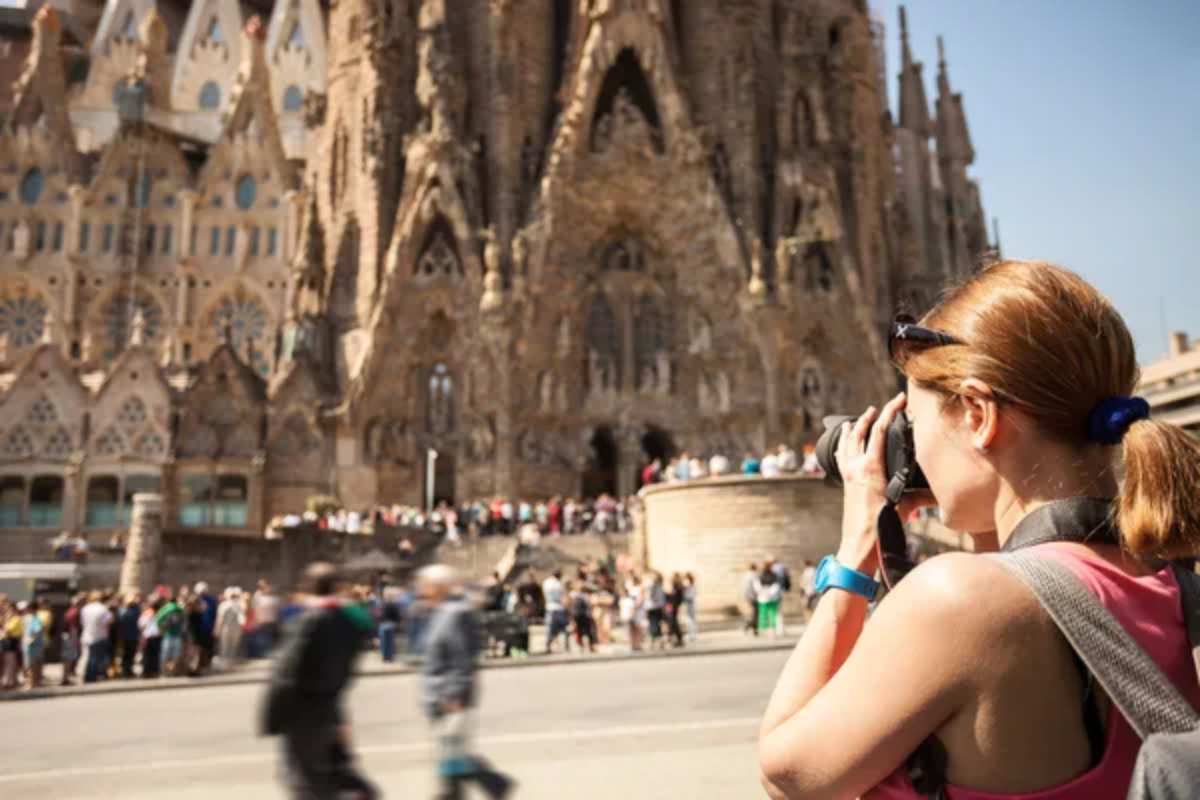
Lisbon still flies somewhat under the radar compared to Europe’s major destinations, allowing visitors to experience neighborhoods where tourism hasn’t overwhelmed local life. Even popular areas like Alfama maintain authentic daily rhythms despite growing visitor numbers.
Barcelona grapples with more intense tourism pressure, particularly along Las Ramblas and around major Gaudí sites. The Catalan capital receives nearly three times the annual tourists as Lisbon—creating noticeably denser crowds at major attractions throughout the year.
Culinary Focus

Lisbon celebrates its maritime heritage with seafood-centric cuisine where fresh catches transform into dishes like bacalhau (salt cod prepared dozens of ways) and chargrilled sardines. The city’s food scene remains proudly Portuguese despite growing international influences.
Barcelona positions itself as a global gastronomic capital where traditional Catalan cooking meets avant-garde culinary techniques. The food culture embraces both time-honored tapas and molecular gastronomy—with greater emphasis on innovation than its Portuguese counterpart.
Like Travel Pug’s content? Follow us on MSN.
Nightlife Timing
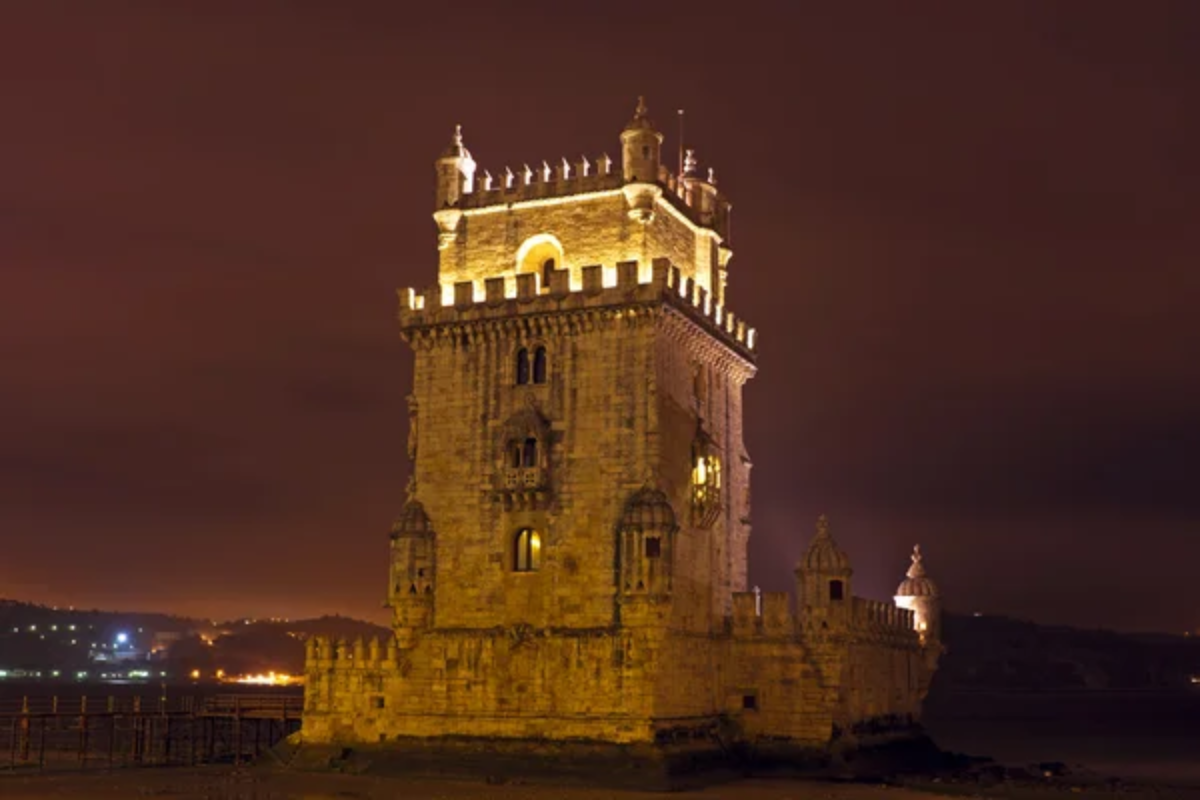
Lisbon follows a relatively conventional nightlife schedule by southern European standards, with dinner around 8-9 PM and bars filling by midnight. Neighborhoods like Bairro Alto come alive earlier than you’d expect for a Mediterranean city.
Barcelona operates on a notoriously late schedule even by Spanish standards—restaurants barely fill for dinner before 10 PM, and nightclubs remain quiet until after 2 AM. This delayed timing creates a perpetual sense of anticipation as the night unfolds gradually across the Catalan capital.
Public Transportation
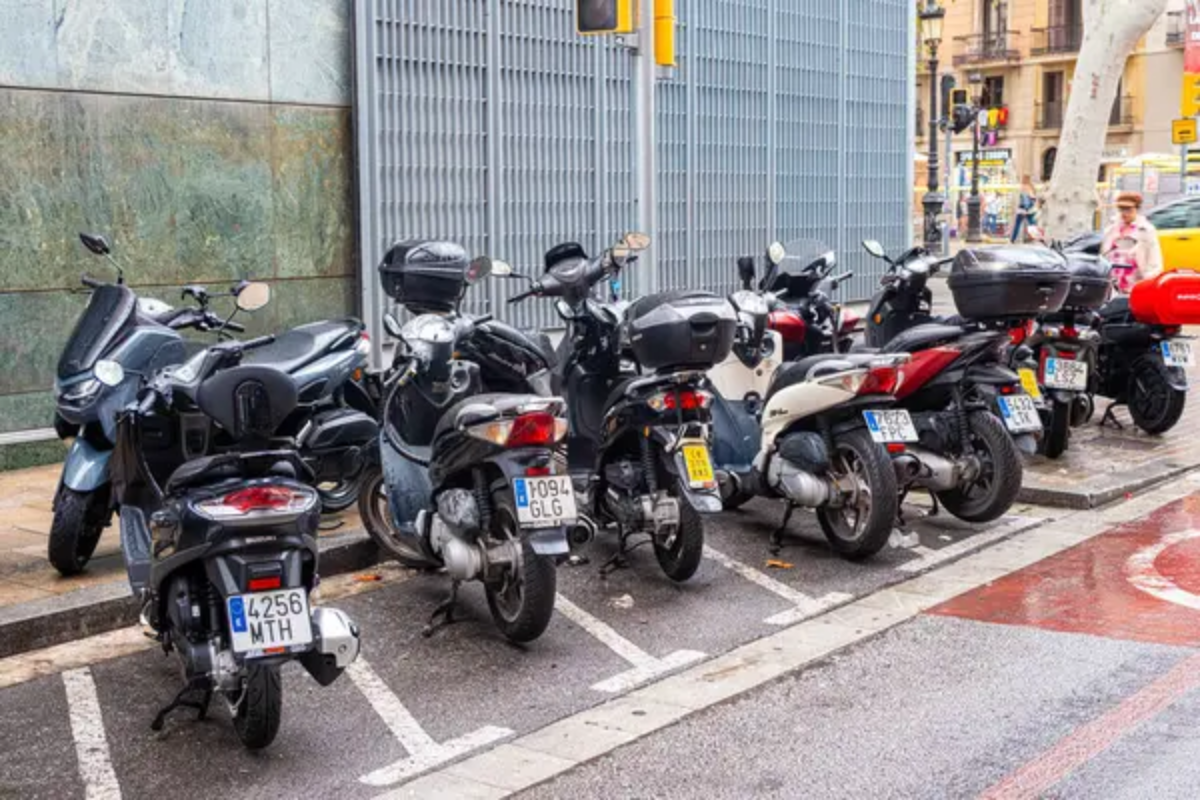
Lisbon offers a charming though limited public transit network centered around vintage trams, a small metro system, and funiculars that help navigate the city’s challenging topography. The iconic yellow Tram 28 doubles as both practical transportation and a popular tourist attraction.
Barcelona boasts an extensive, modern metro system that efficiently connects all corners of the city with frequent service. The comprehensive network makes car-free exploration remarkably easy—complemented by well-designed bus routes and a popular bike-sharing program.
Language Accessibility

Lisbon welcomes visitors with surprising linguistic accessibility—most Portuguese speak excellent English, especially in tourist-facing roles. This widespread English proficiency stems partly from Portugal’s educational emphasis on languages and undubbed English-language television.
Barcelona presents more language complexity, with both Spanish and Catalan being used officially throughout the city. While tourism workers generally speak English, everyday interactions might require more communication creativity, particularly in less central neighborhoods.
Like Travel Pug’s content? Follow us on MSN.
Historical Narratives
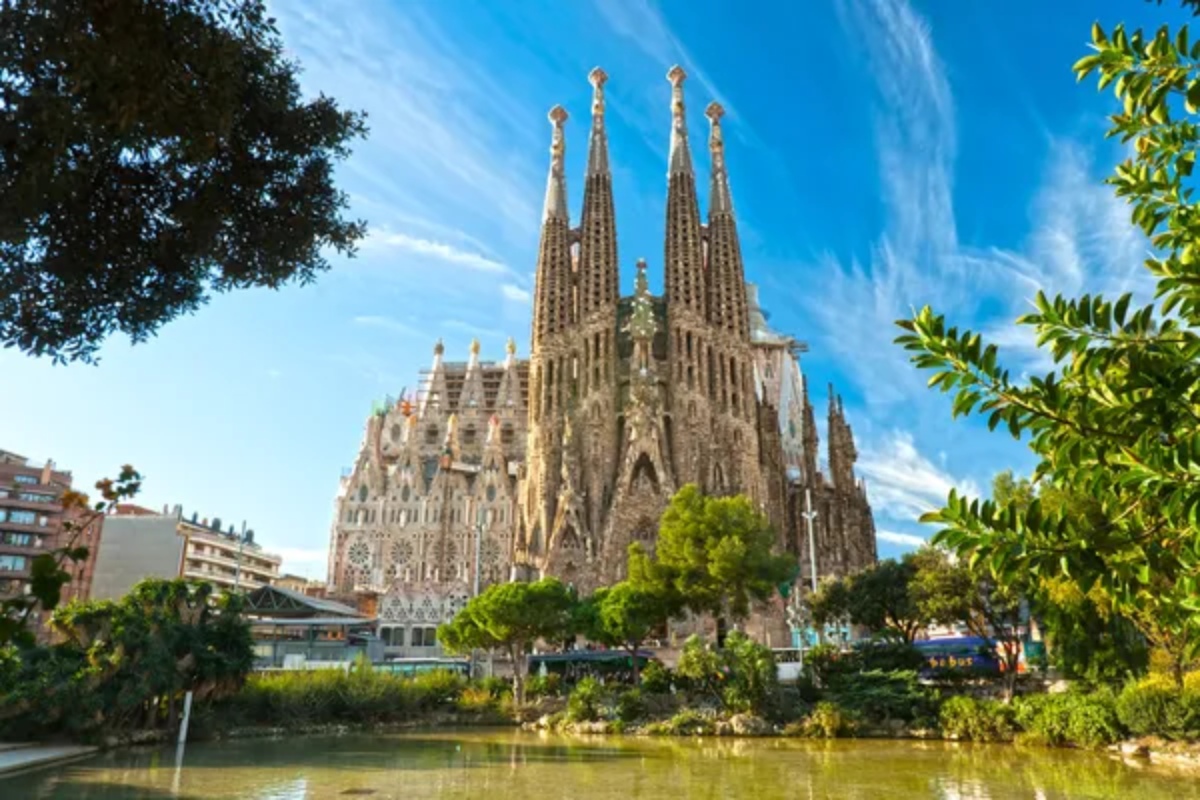
Lisbon tells a story of maritime glory when Portuguese explorers sailed from its harbor to chart global trade routes during the Age of Discovery. This seafaring heritage permeates the city’s museums, monuments, and collective identity.
Barcelona showcases its history as Catalonia’s proud capital with a narrative emphasizing cultural distinctiveness and architectural innovation. The city’s museums and public spaces highlight Catalan identity as separate from broader Spanish history—reflecting complex regional politics.
Shopping Character
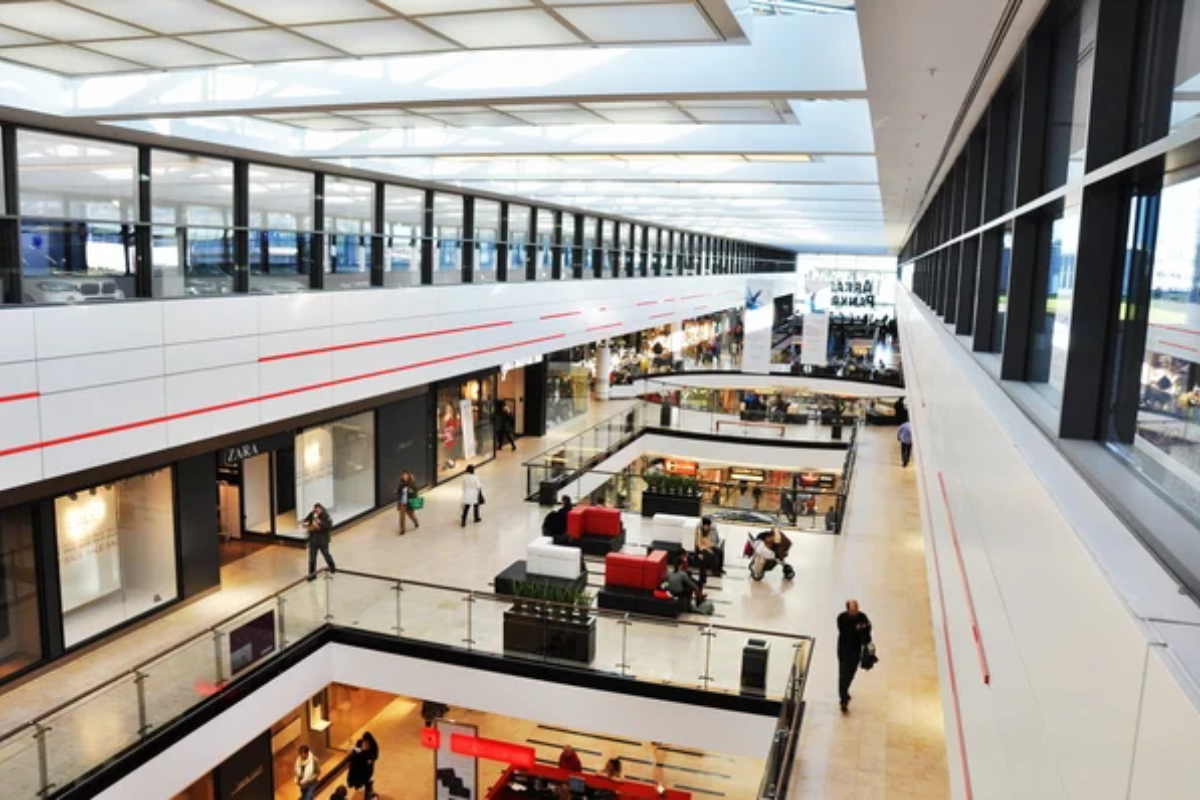
Lisbon maintains traditional shopping streets and family-owned businesses where artisanal products—handmade leather goods, ceramics, and textiles—take precedence over international brands. The commercial areas feel refreshingly independent compared to homogenized European shopping districts.
Barcelona balances high-end international retail along Passeig de Gràcia with distinctive design shops throughout El Born and other trendy districts. The Catalan capital embraces cutting-edge fashion and home design—positioning itself as a global style destination.
Color Palette
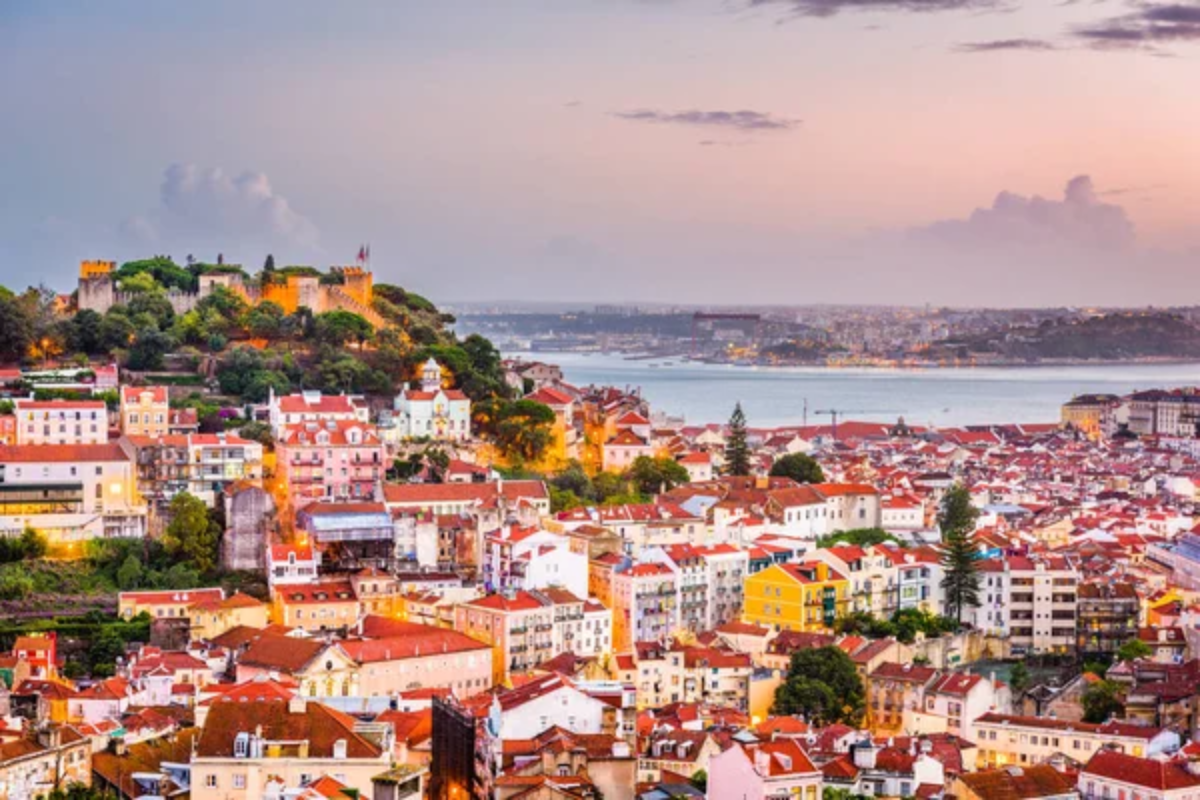
Lisbon dazzles with a distinctive color scheme—buildings painted in soft yellows, pinks, and blues contrast with brilliant white trim and black-and-white mosaic sidewalks called calçadas. This visual harmony creates a photogenic cityscape bathed in exceptional light.
Barcelona presents a more varied architectural palette, from the earth tones of its medieval quarter to the modernist buildings with their multicolored decorative elements. Gaudí’s trencadís mosaic technique adds vibrant splashes throughout the city—creating a more eclectic visual experience.
Like Travel Pug’s content? Follow us on MSN.
Day Trip Options
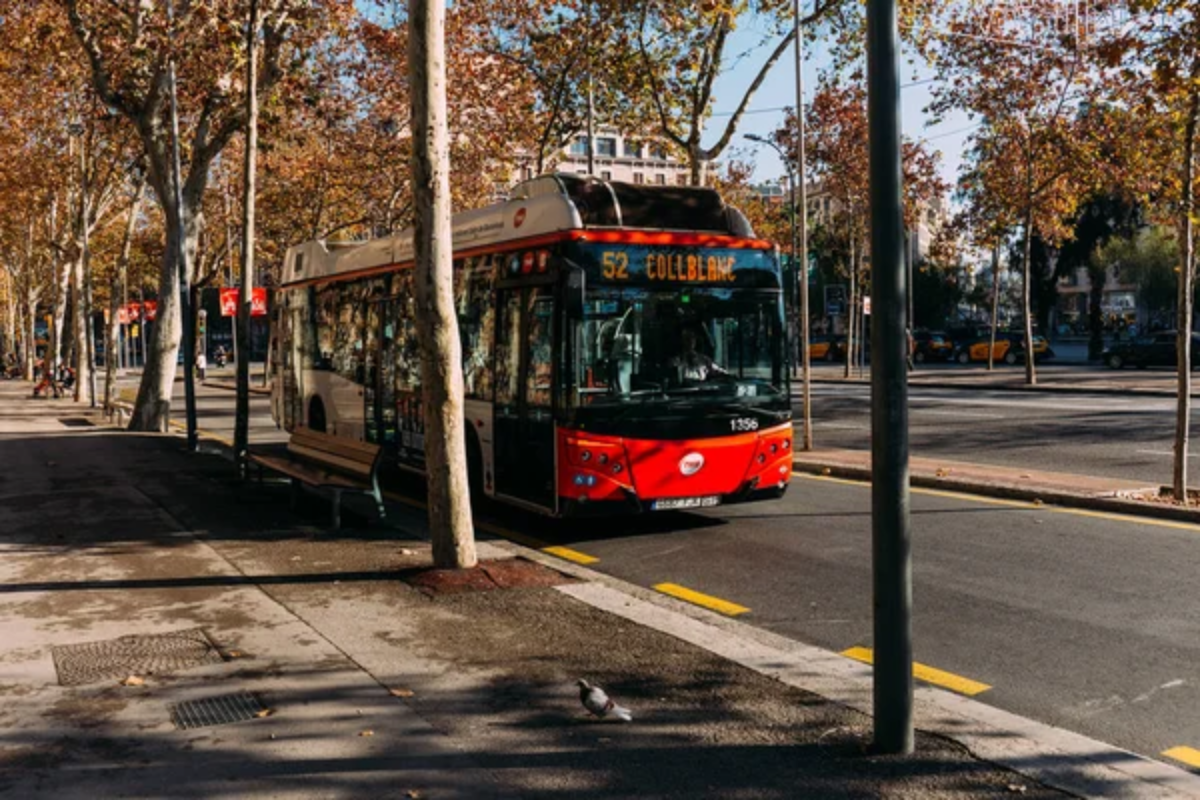
Lisbon serves as an ideal base for diverse excursions, from the fairytale palaces of Sintra to the medieval walled town of Óbidos or the beaches along Costa da Caparica. These journeys offer distinctly different experiences within an hour’s travel.
Barcelona provides equally compelling day trip options but with more emphasis on natural landscapes—the mountain monastery of Montserrat, the volcanic region of Garrotxa, and the coastal beauty of the Costa Brava all showcase Catalonia’s geographical diversity.
Coffee Culture

Lisbon cherishes its coffee traditions centered around tiny countertop espressos called bicas, typically served in historic cafés where locals stand for quick caffeine fixes throughout the day. The coffee culture emphasizes function over lingering—get in, get caffeine, and continue with your day.
Barcelona embraces a more leisurely café scene where outdoor terraces invite extended sitting sessions. The coffee itself might play second fiddle to the social experience—with more emphasis on the environment than the beverage quality.
Musical Heritage
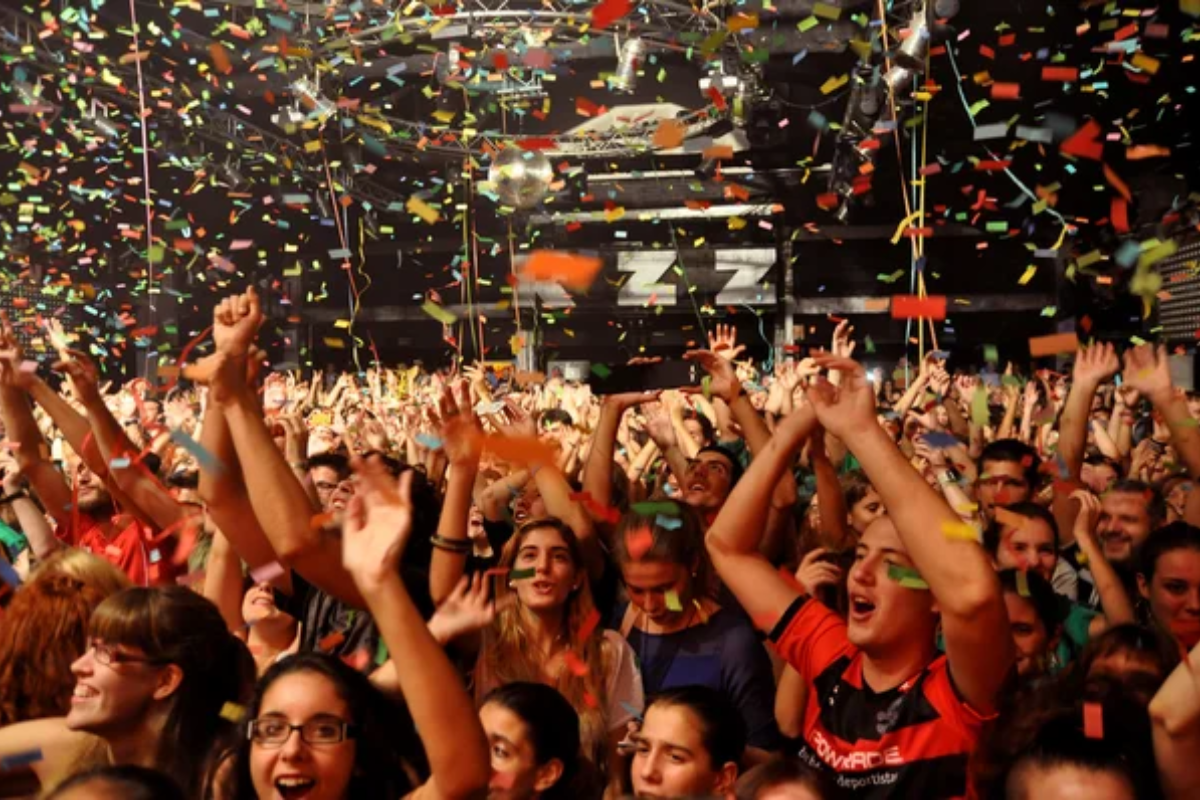
Lisbon resonates with the melancholic sounds of fado, a soulful musical tradition where Portuguese guitar accompanies songs about longing, loss, and destiny. This emotional music emerges from candlelit taverns throughout Alfama and Mouraria neighborhoods after dark.
Barcelona moves to more diverse rhythms, from Catalan rumba to contemporary electronic music that powers its famous nightlife. The city lacks a singular musical tradition as distinctive as fado—but compensates with a more varied musical landscape.
Like Travel Pug’s content? Follow us on MSN.
Creative Energy
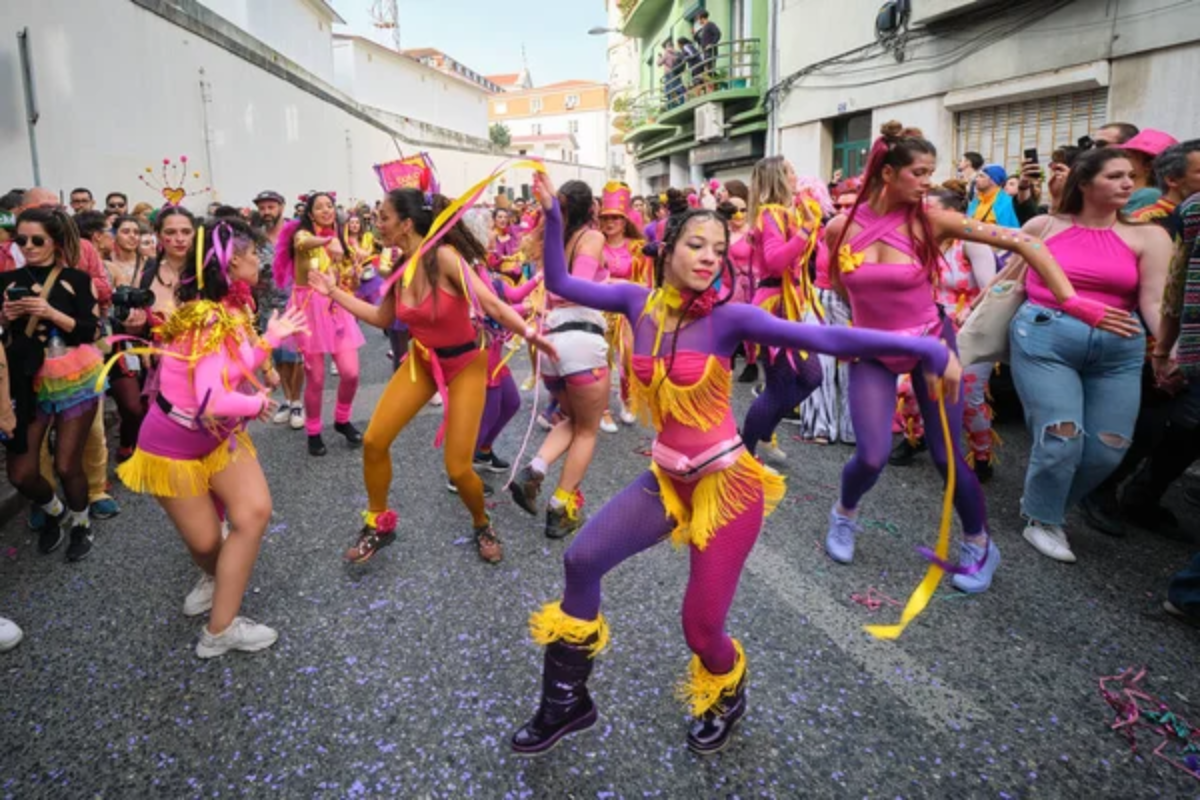
Lisbon has transformed into Europe’s current creative hotspot, attracting digital nomads, artists, and entrepreneurs with relatively affordable living costs and a relaxed quality of life. This influx fuels a dynamic startup scene and artistic renaissance throughout formerly neglected neighborhoods.
Barcelona established itself as a design and creative hub decades earlier, though its magnetism has led to higher costs and more regulated creative spaces. The city maintains prestigious design schools and well-established creative industries with deeper institutional roots.
Pace of Life
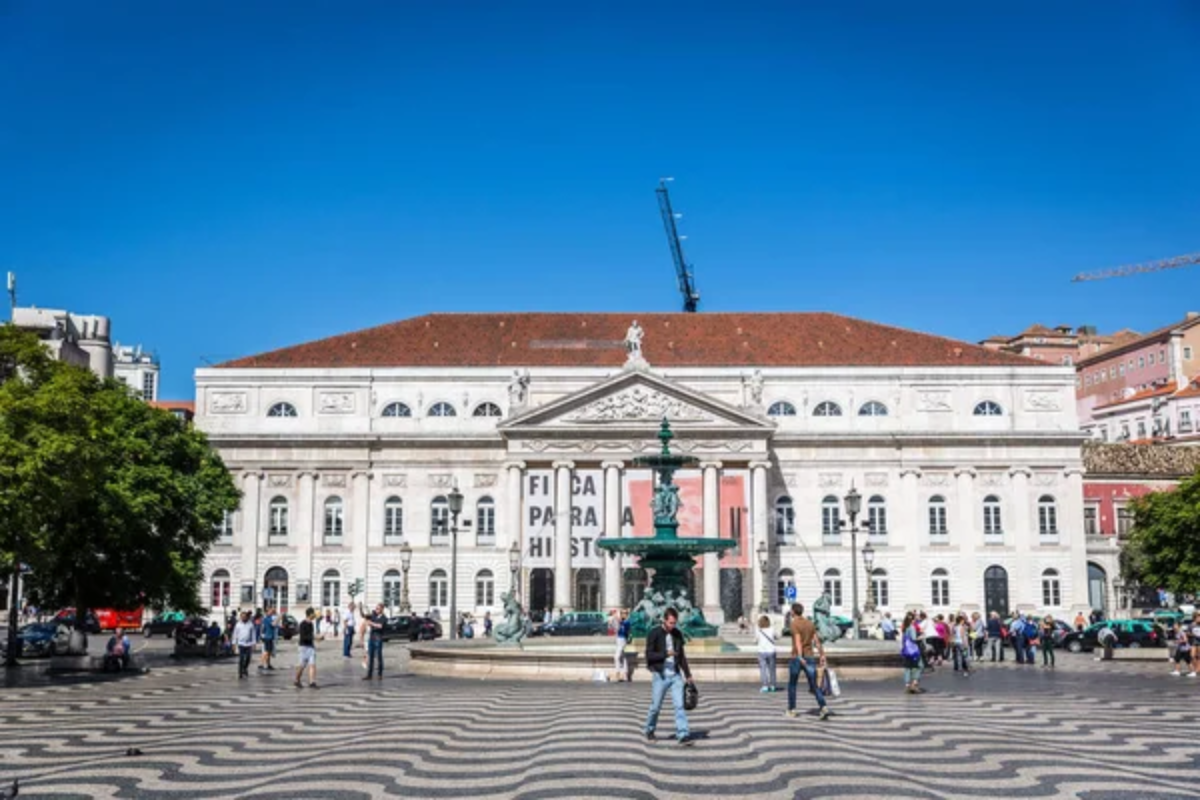
Lisbon embraces a noticeably unhurried rhythm where locals make time for coffee breaks, long lunches, and evening strolls regardless of workday demands. This relaxed tempo creates an atmosphere where visitors naturally slow down to match the city’s pace.
Barcelona operates with more metropolitan energy, particularly in its business districts, where Catalan industriousness drives a faster tempo. While still Mediterranean in its approach to leisure, Barcelona feels more deadline-driven than its Portuguese counterpart.
Seasonal Variation
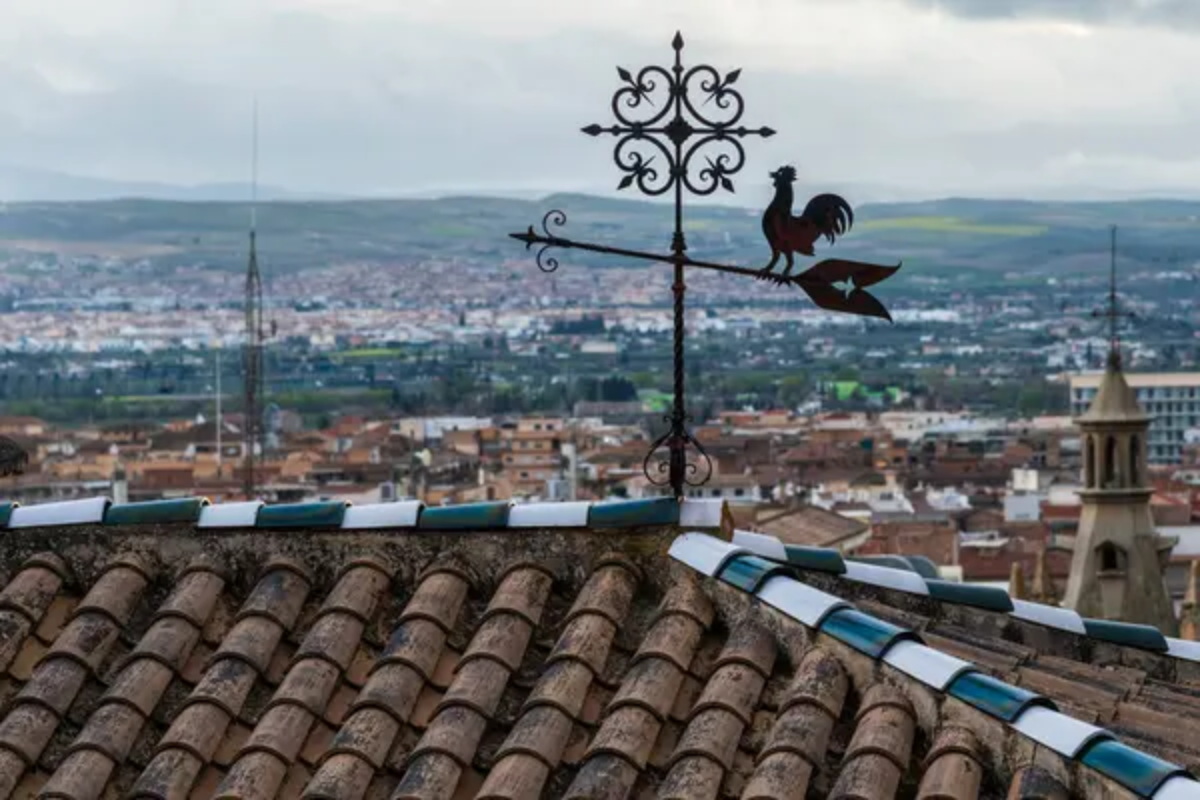
Lisbon offers exceptional weather year-round with mild winters and warm—but rarely oppressive—summers moderated by Atlantic breezes. This consistent climate makes it a viable destination across seasons without dramatic tourist fluctuations.
Barcelona experiences more pronounced seasonal shifts, with summers drawing massive beach crowds and winters turning distinctly chilly. The city’s tourism patterns follow these seasonal changes more dramatically than Lisbon’s.
Like Travel Pug’s content? Follow us on MSN.
Budget Considerations

Lisbon remains one of Western Europe’s more affordable capital cities, where meals, accommodations, and attractions generally cost less than other major destinations. This value proposition enhances its appeal for budget-conscious travelers without sacrificing quality.
Barcelona demands deeper pockets, with prices for comparable experiences typically 20-30% higher than Lisbon. The Catalan capital’s popularity and cost of living create a more expensive urban experience across most categories.
Two Cities, Two Personalities
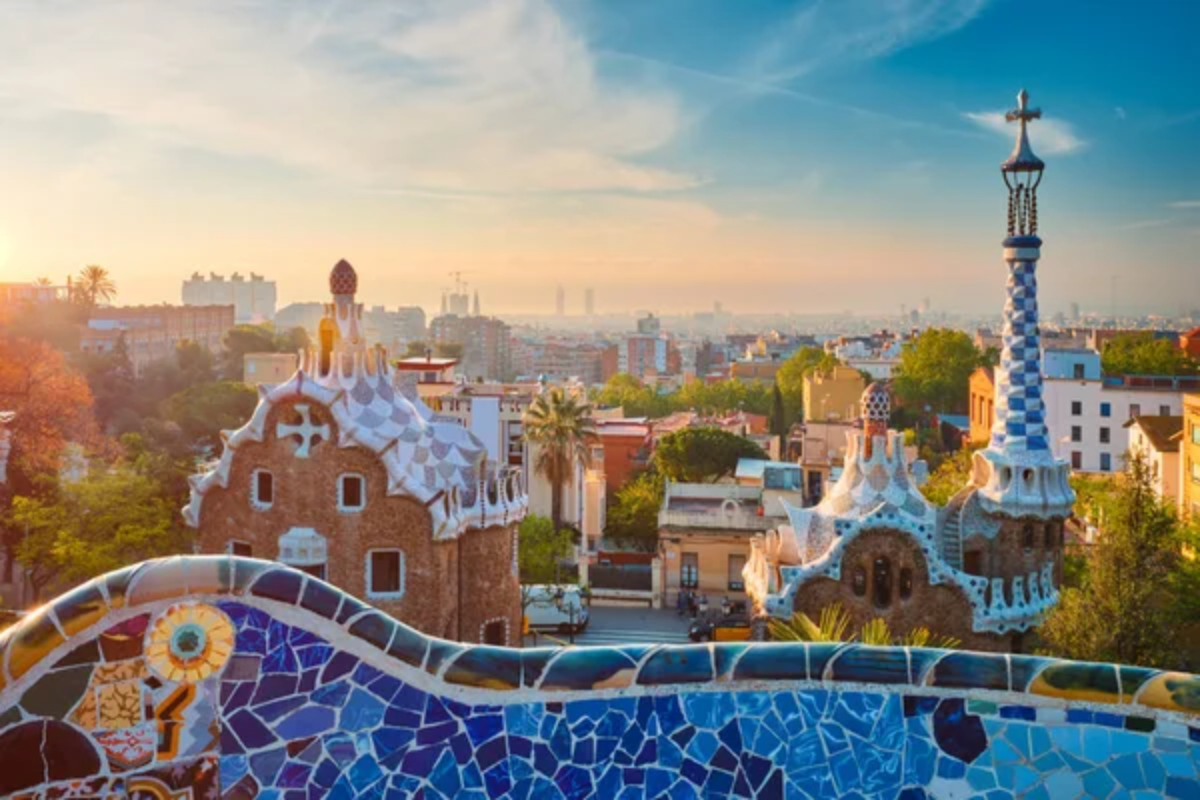
The contrasts between these Iberian coastal cities reveal how geography, history, and cultural values shape urban environments in profoundly different ways. While both offer Mediterranean charm and cultural richness, they deliver these qualities through distinct personalities that resist simple comparison.
Your choice between Lisbon and Barcelona might ultimately depend on whether you prefer Lisbon’s atmospheric authenticity or Barcelona’s bold creative energy—two different but equally compelling versions of European coastal magic.
More from Travel Pug

- 20 Towns Built for One Purpose That Were Later Abandoned
- 15 Hidden Spots in Disney World’s Magic Kingdom Most Visitors Miss
- 20 Once-Popular Beach Towns That Are Now Ghostly Empty
- 15 Canyons in the U.S. That Are Just as Stunning as the Grand Canyon
- 10 Under-the-Radar Mountain Towns That Are Both Affordable and Beautiful
Like Travel Pug’s content? Follow us on MSN.
